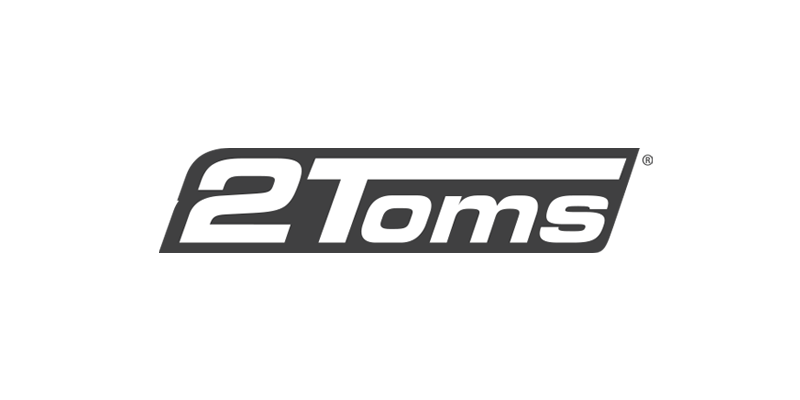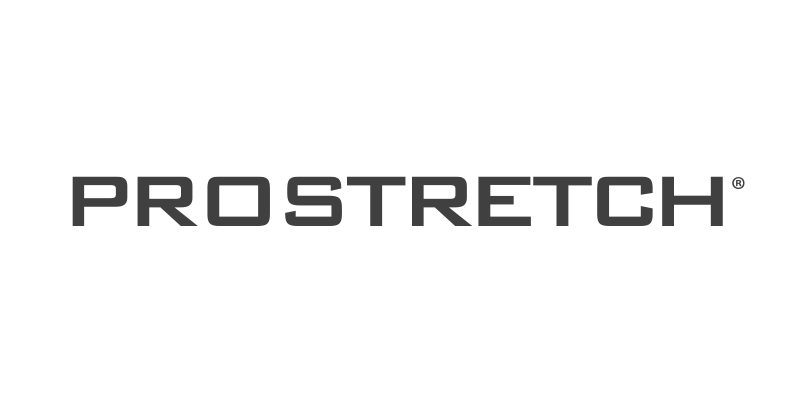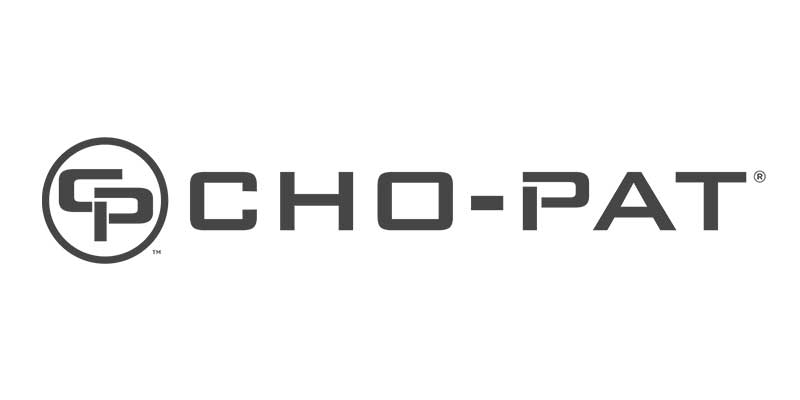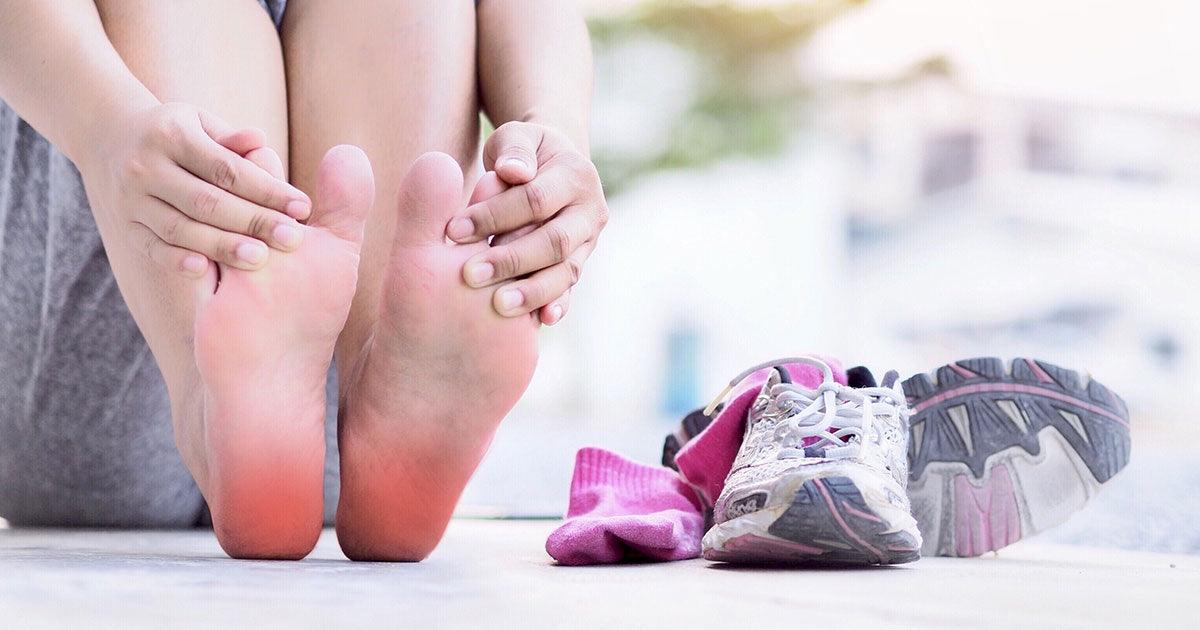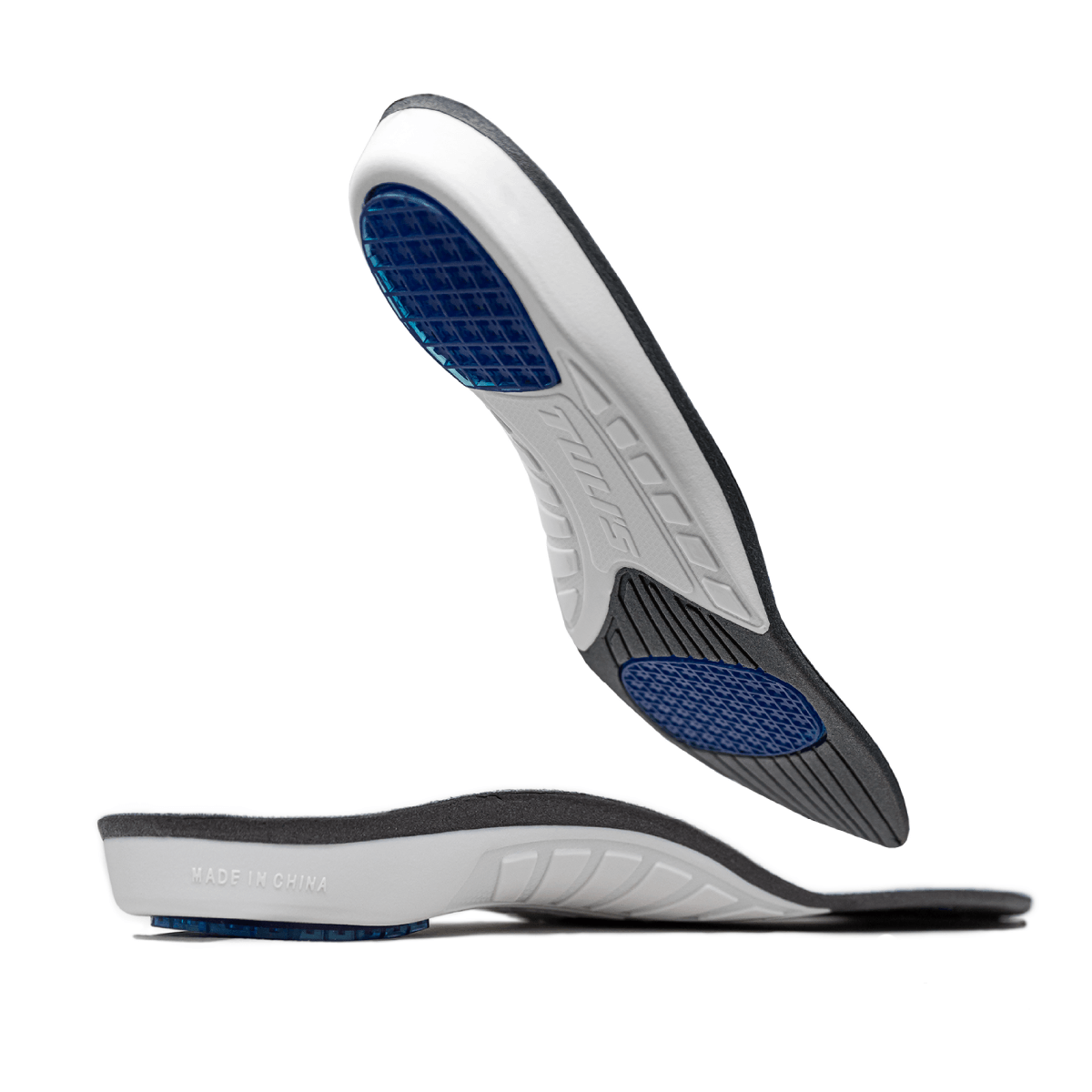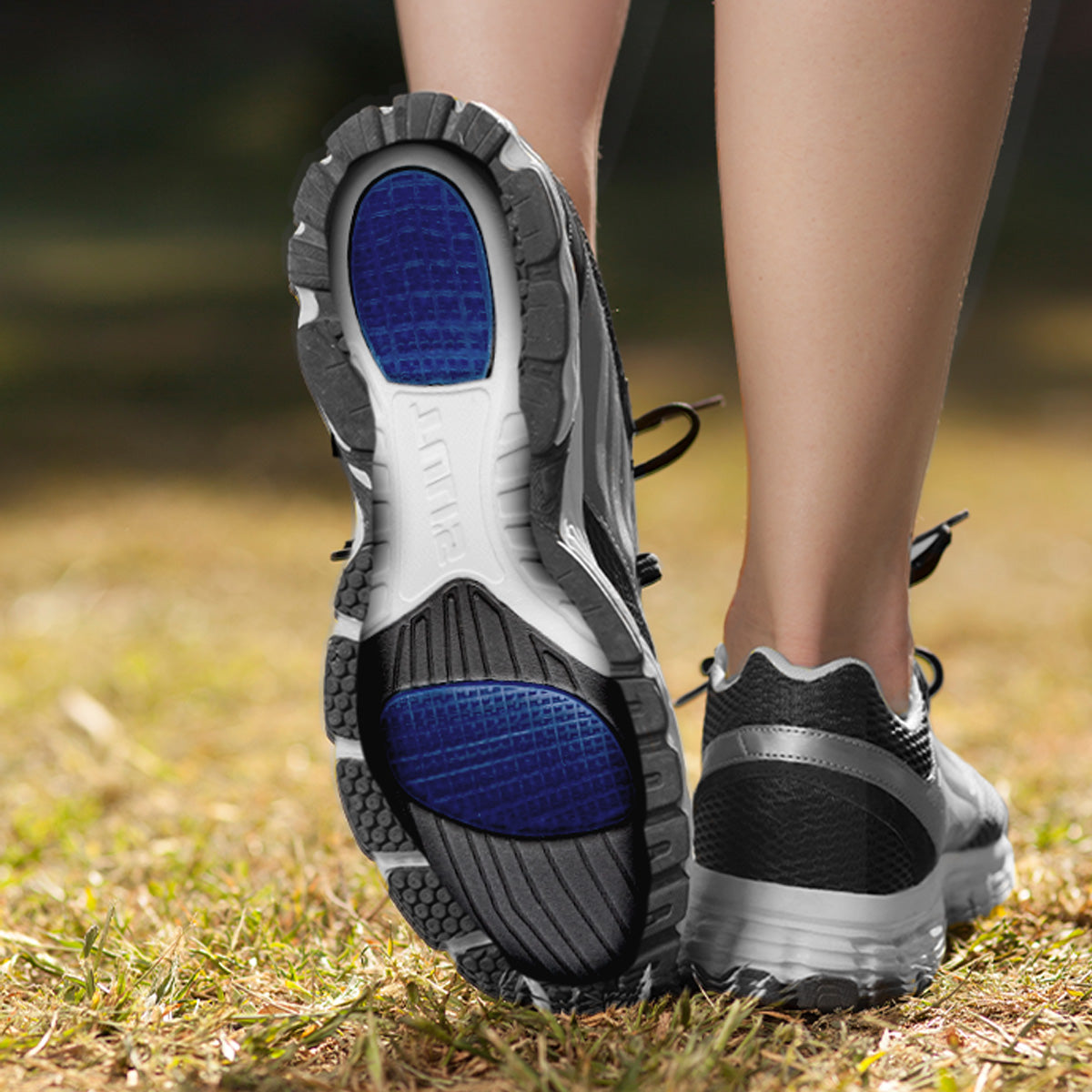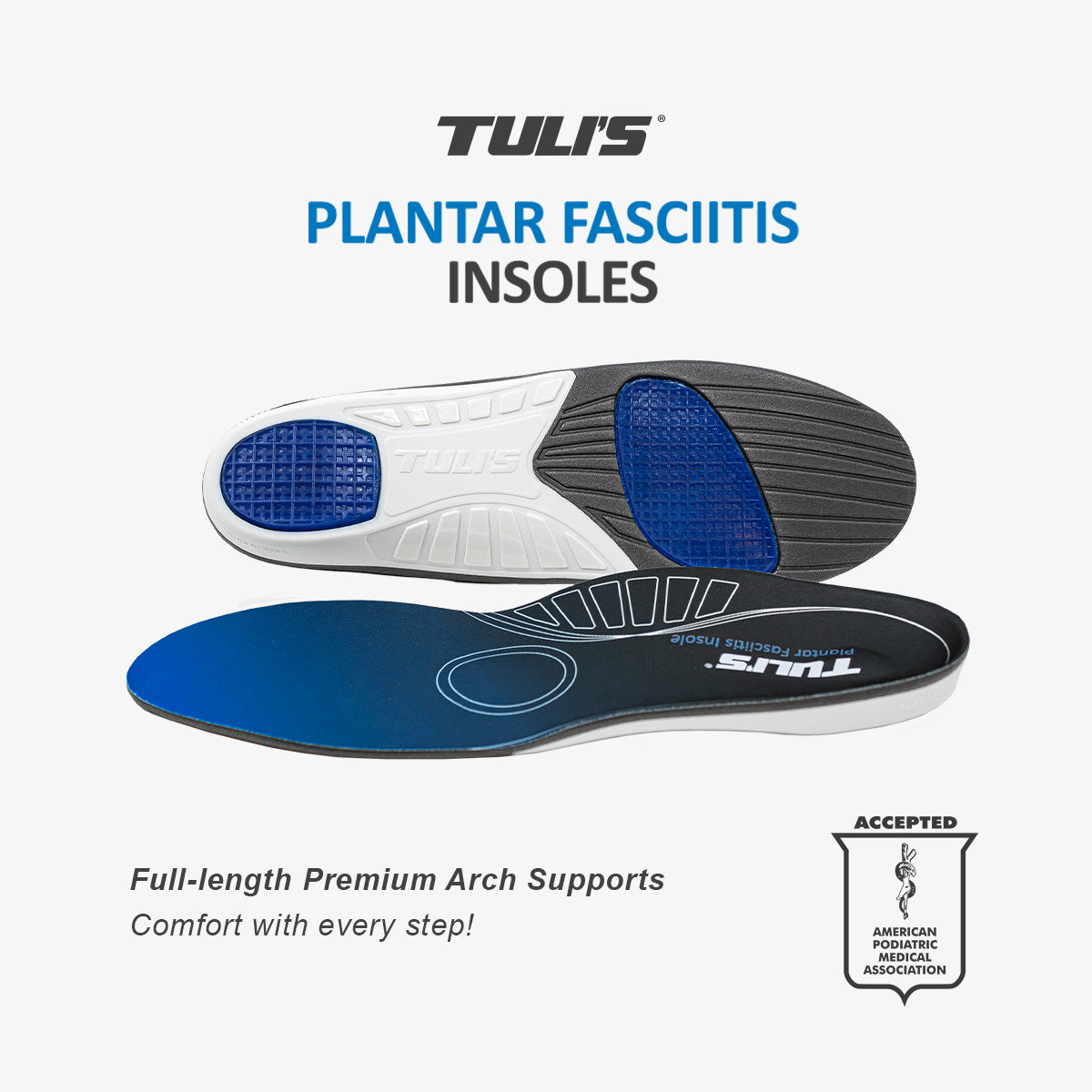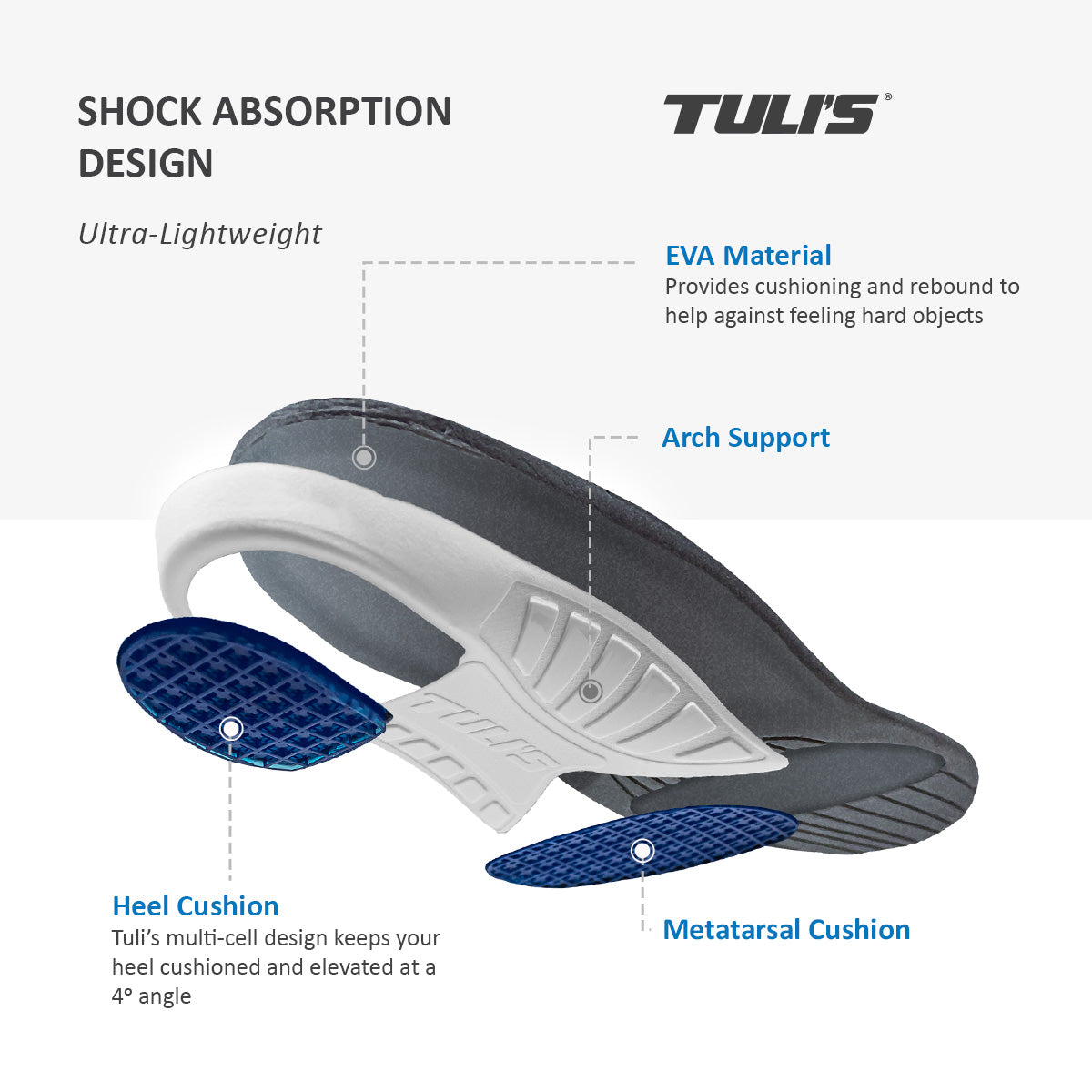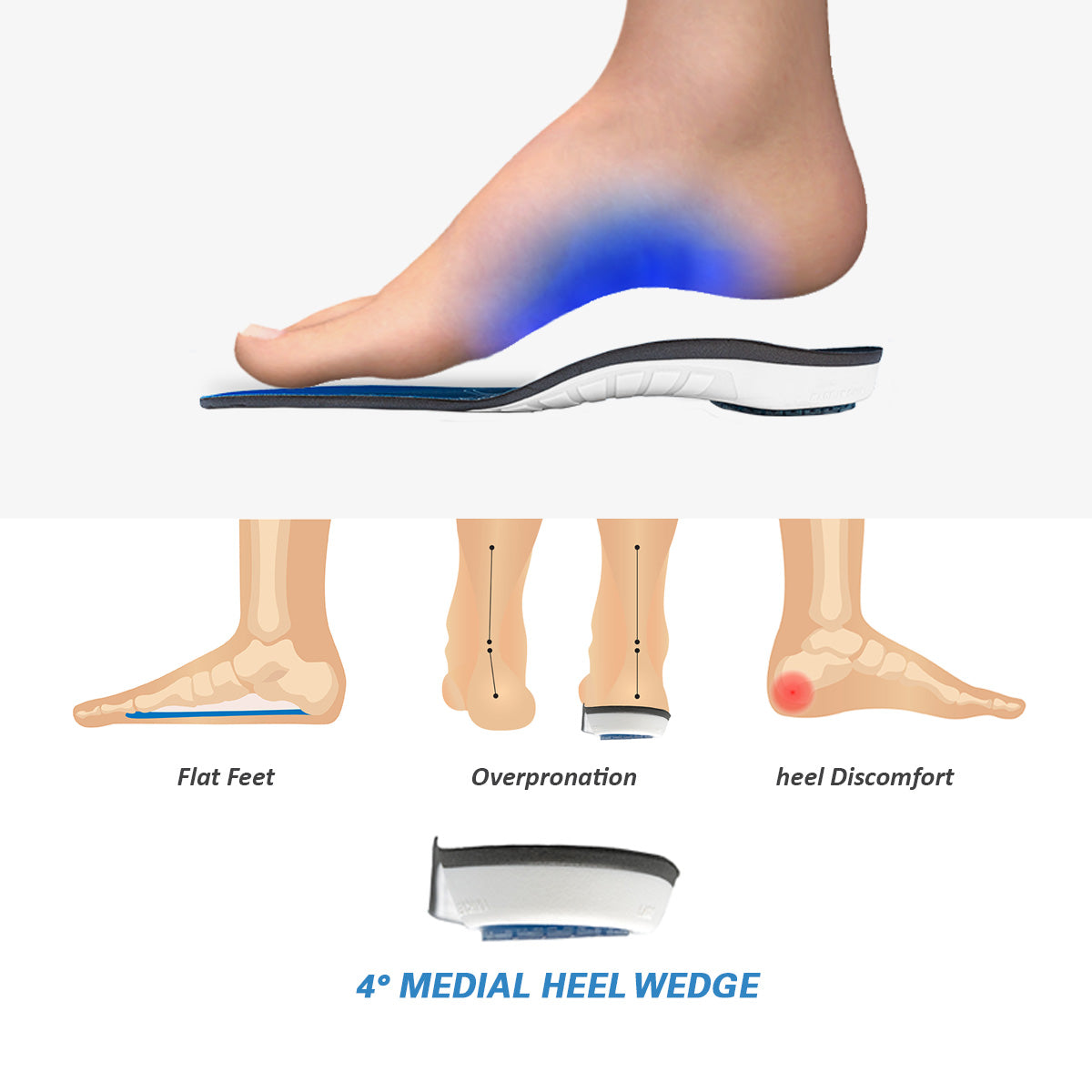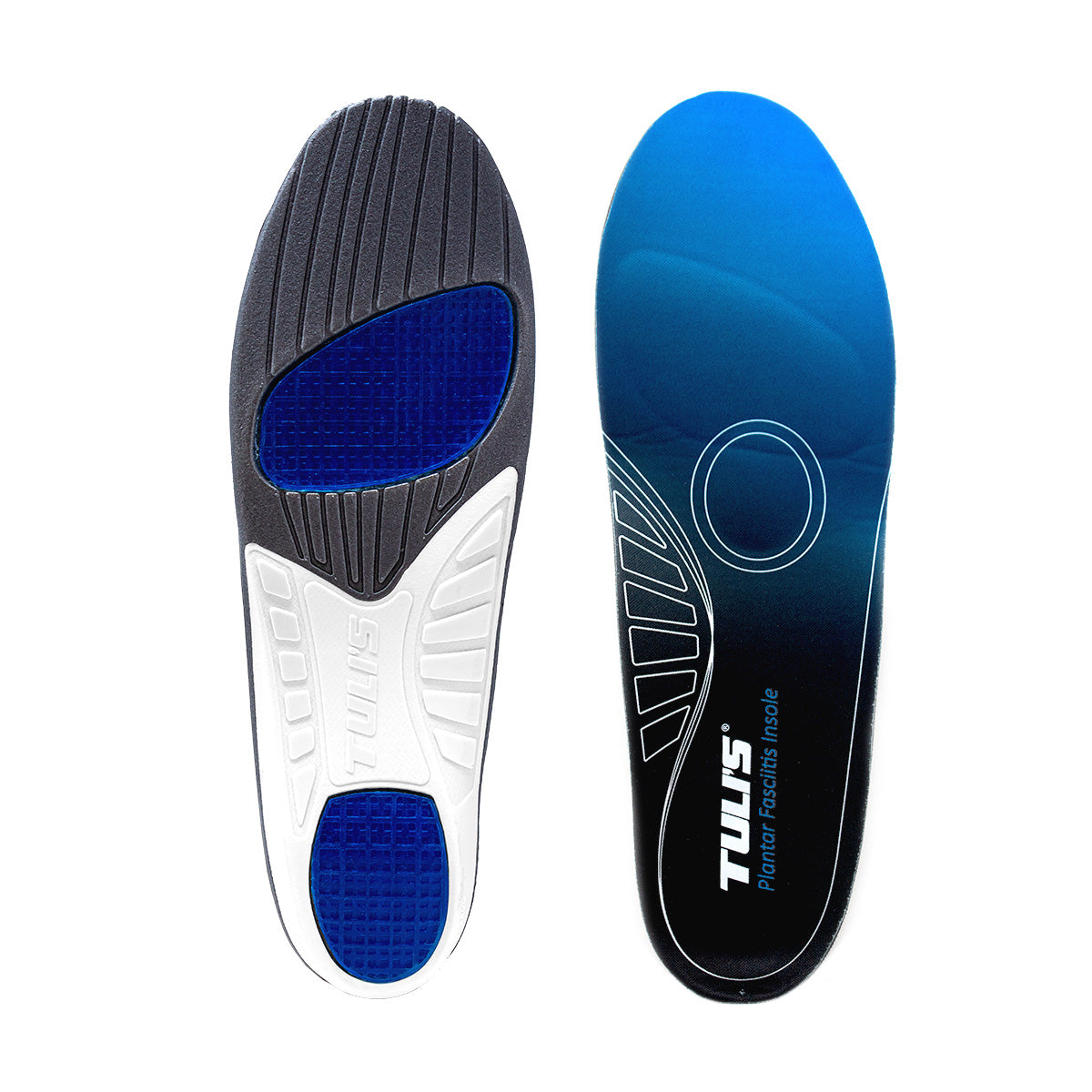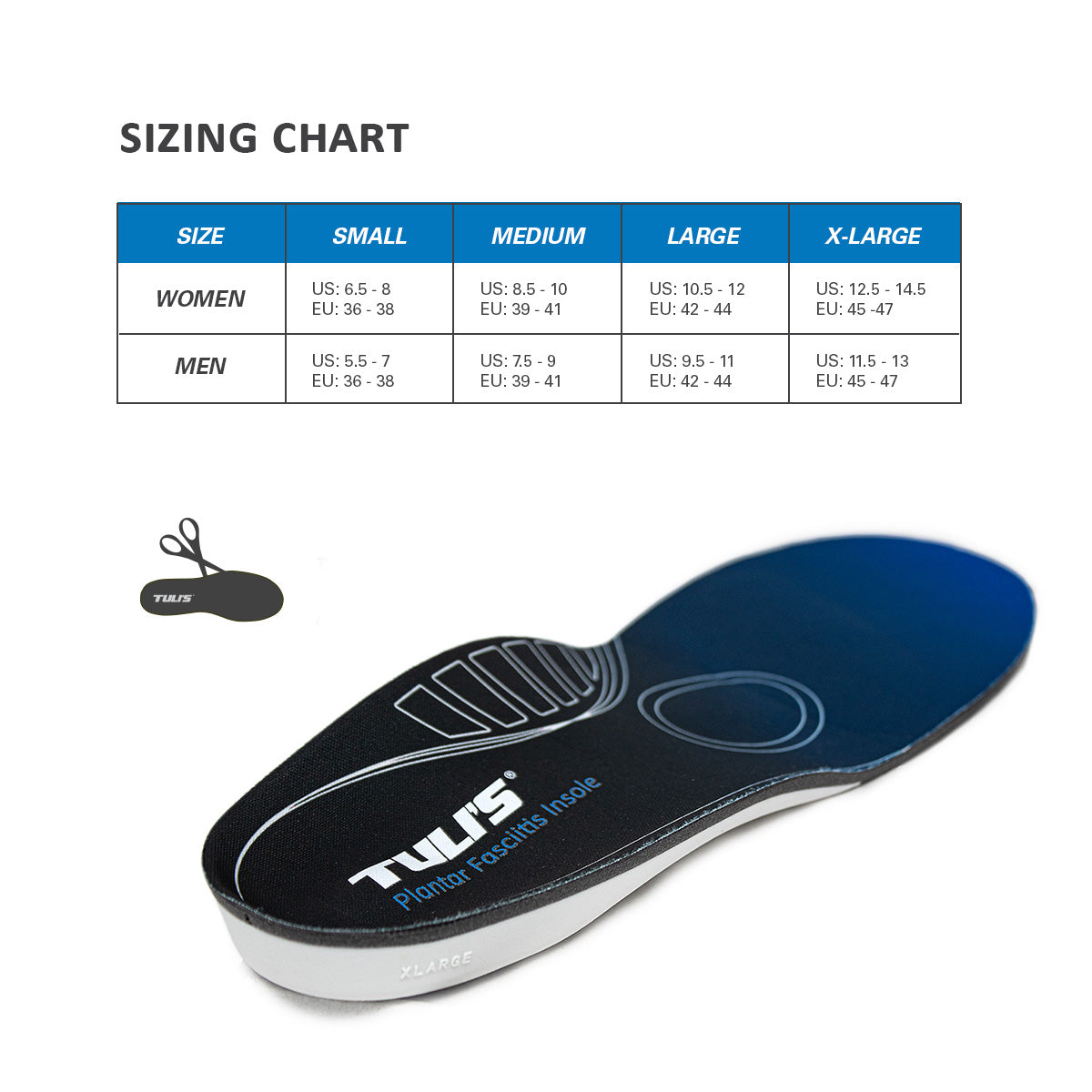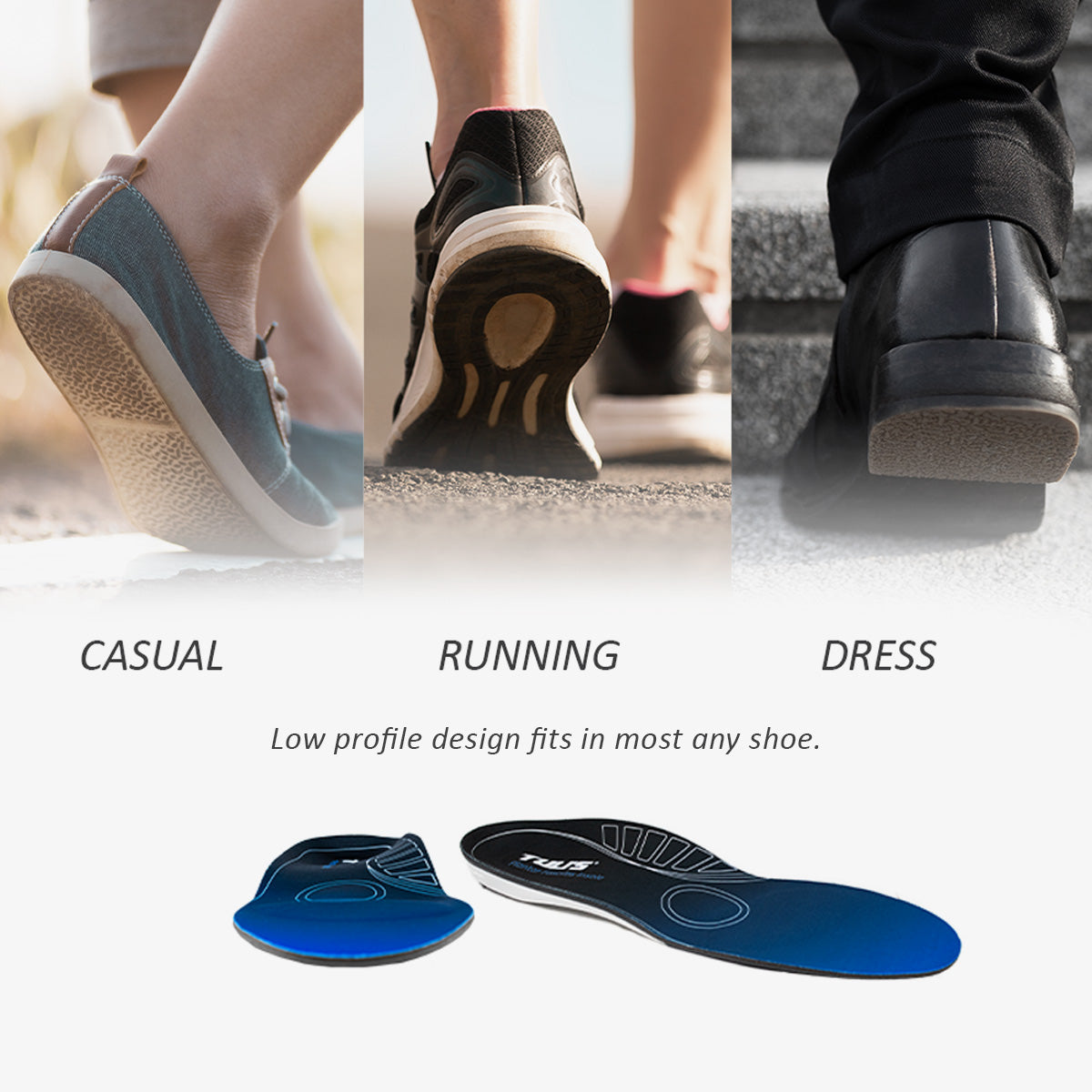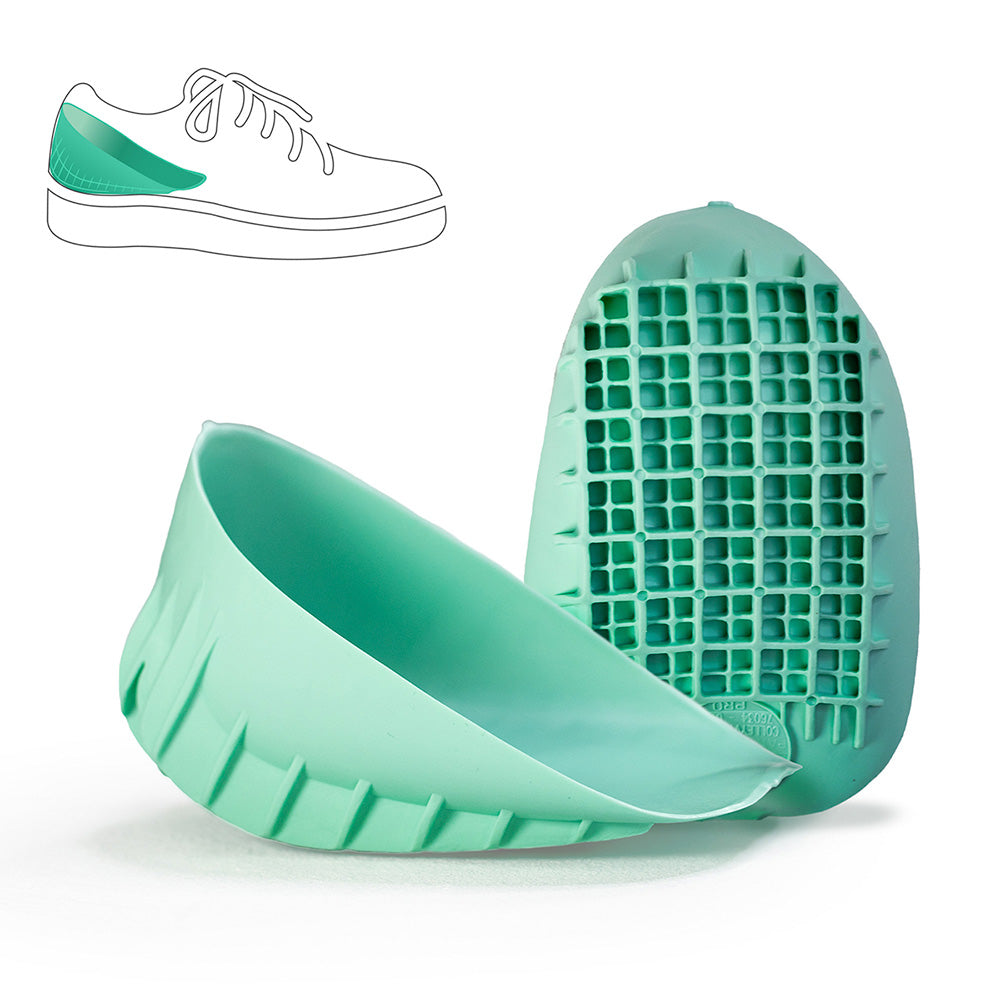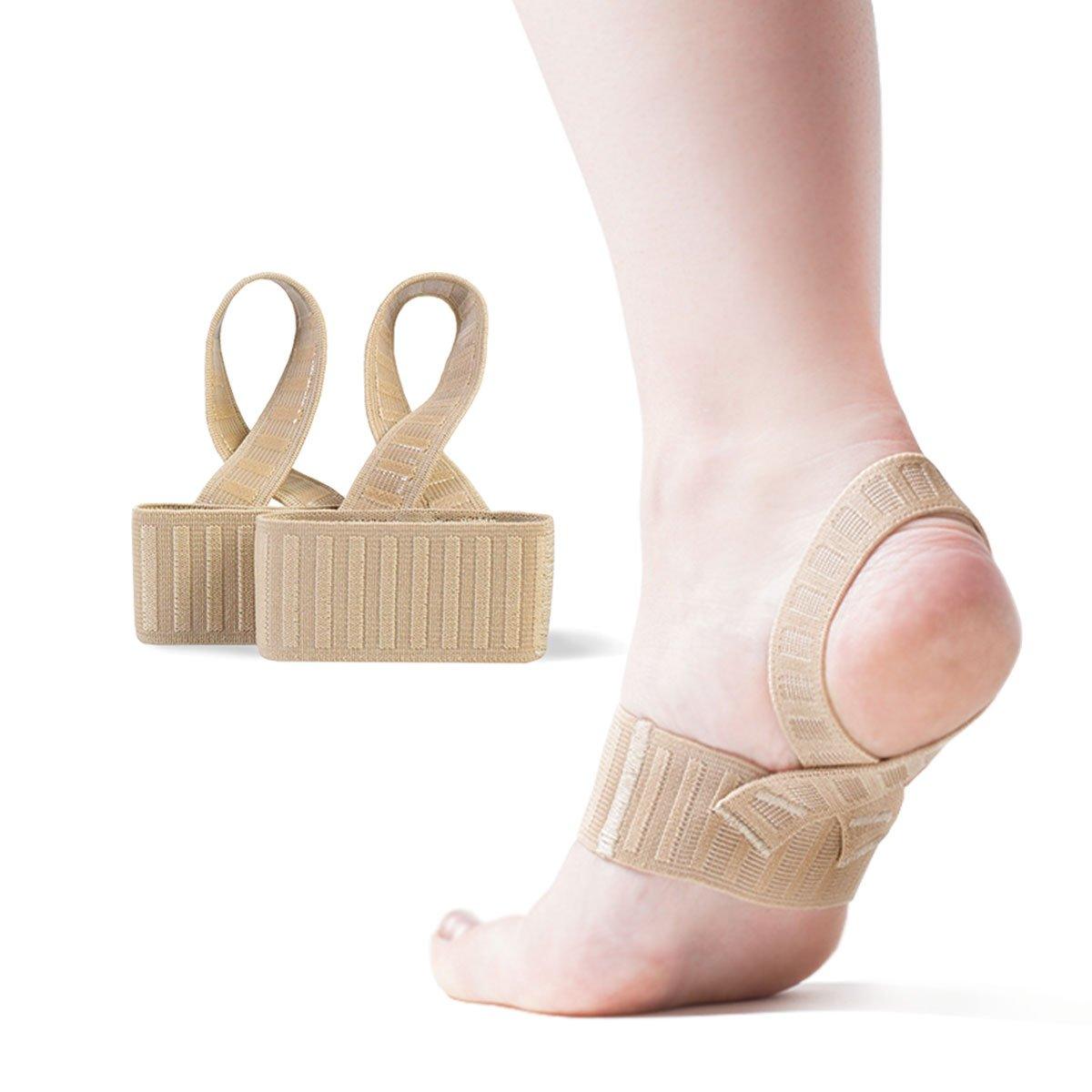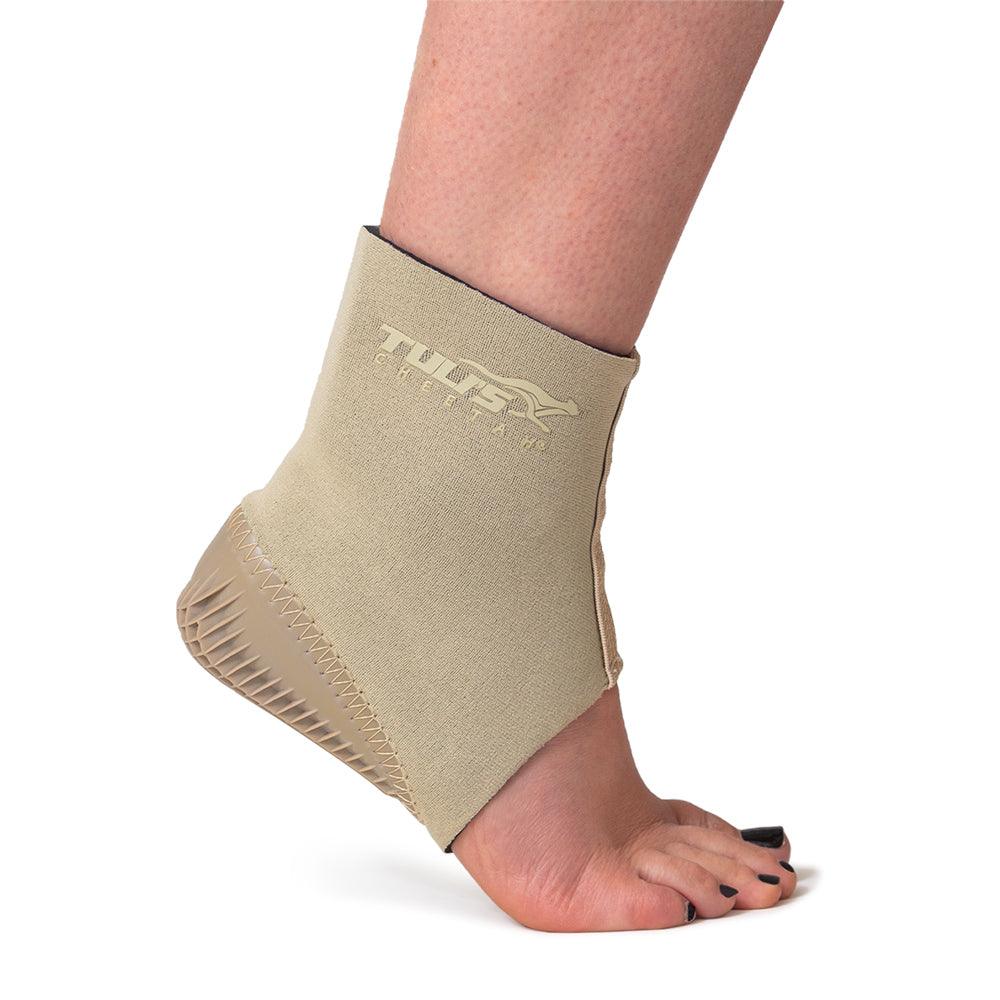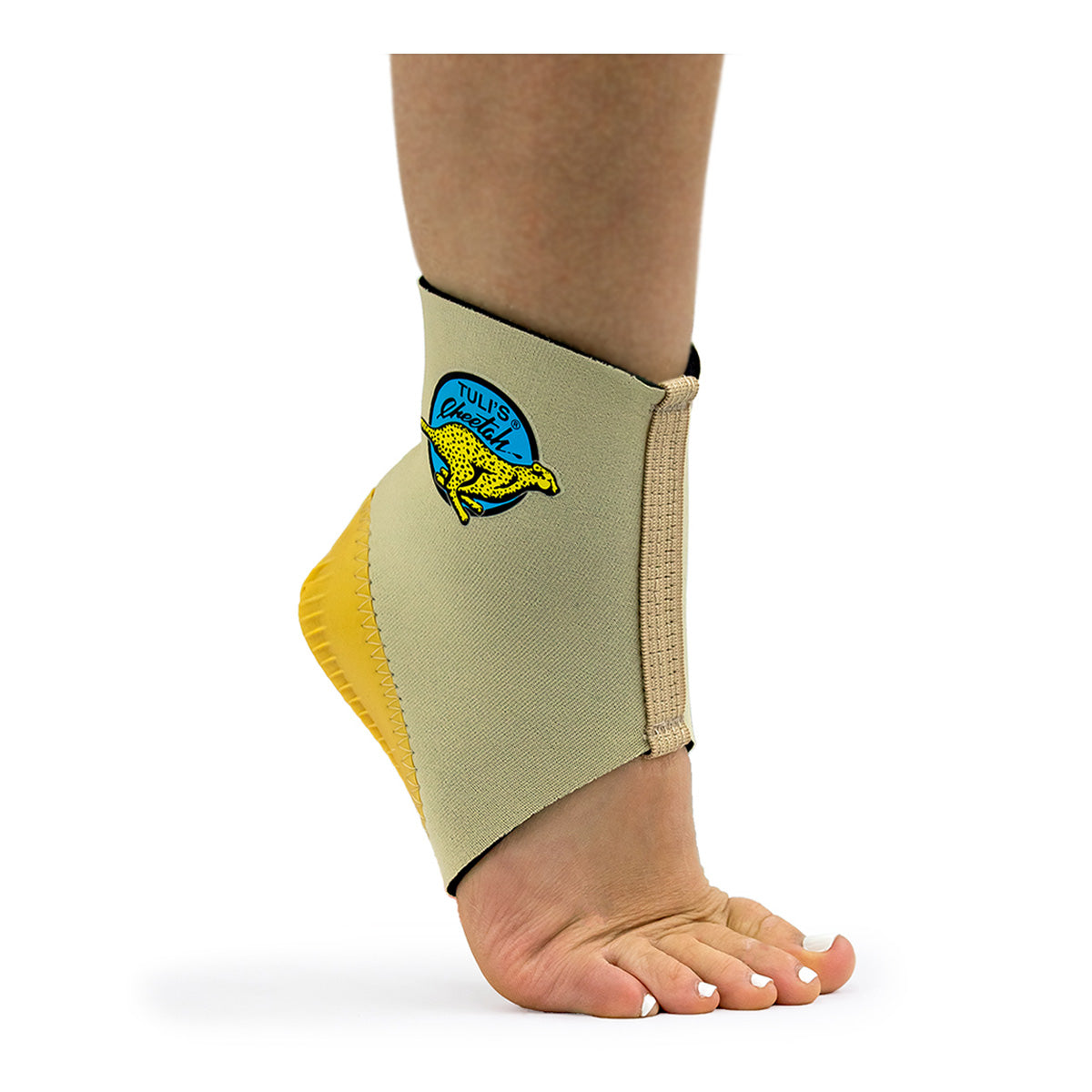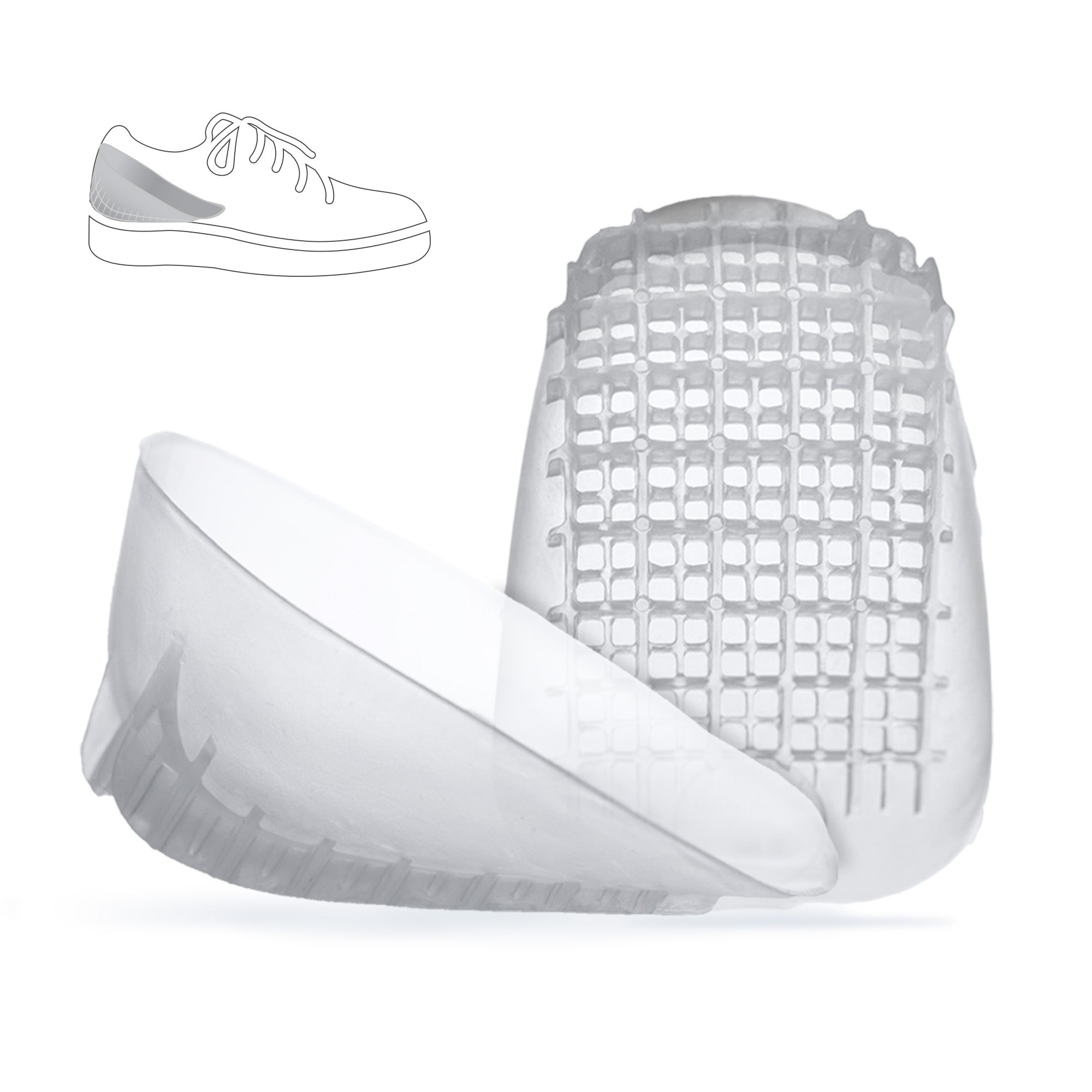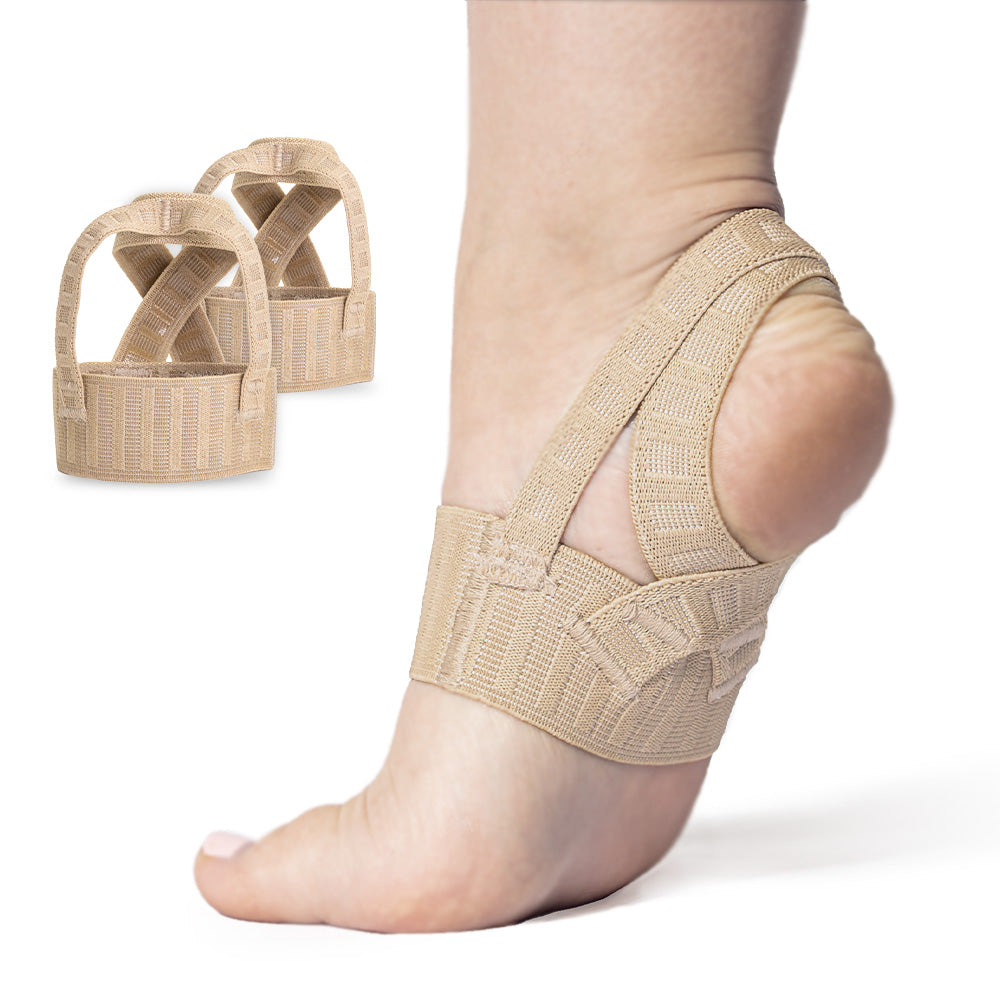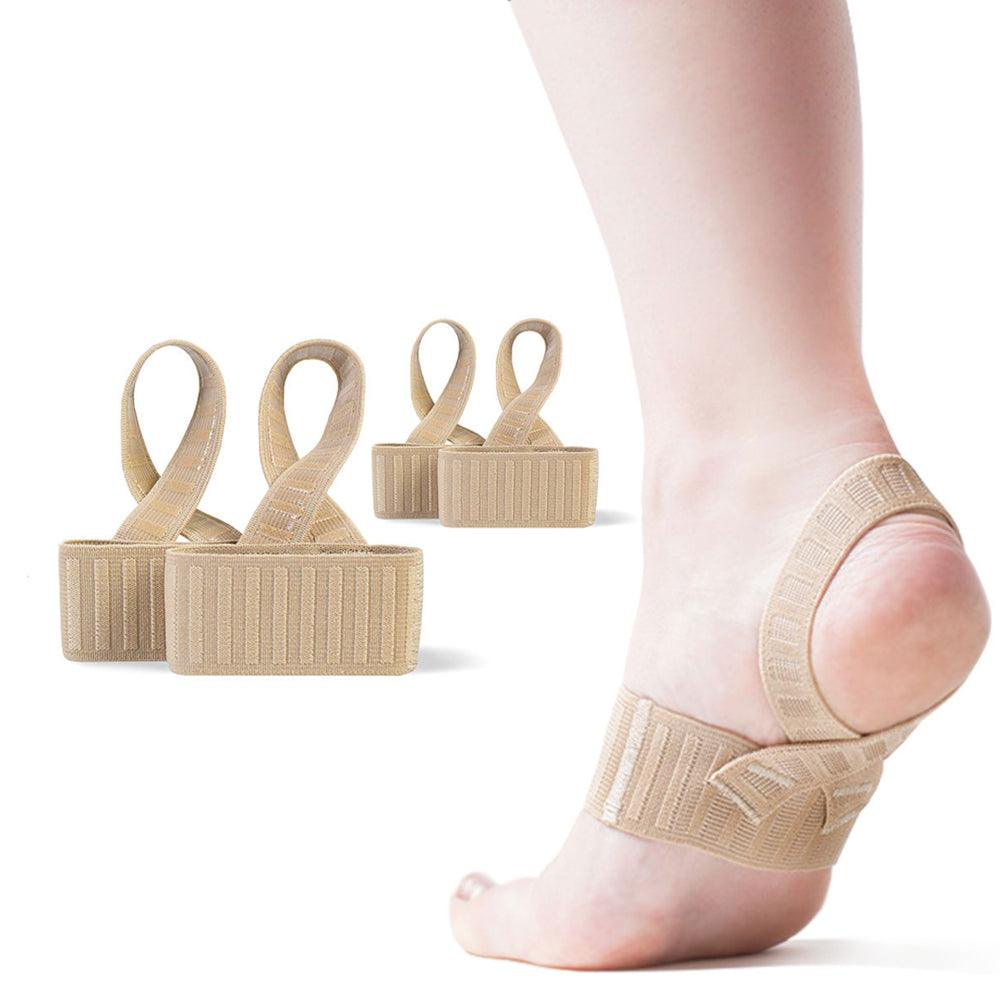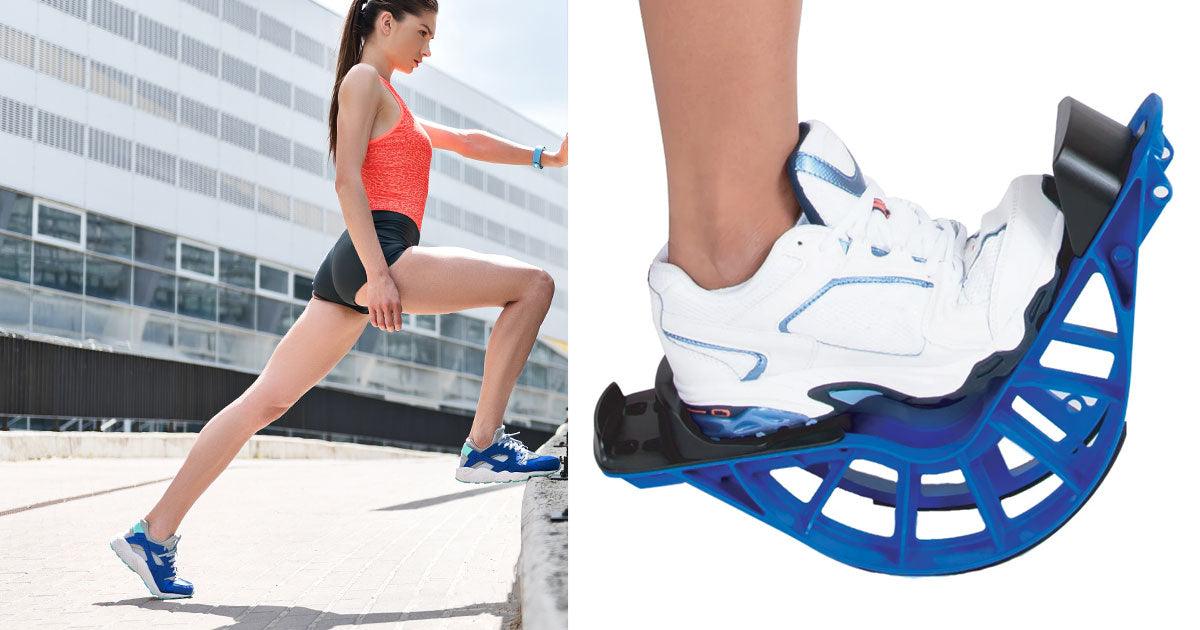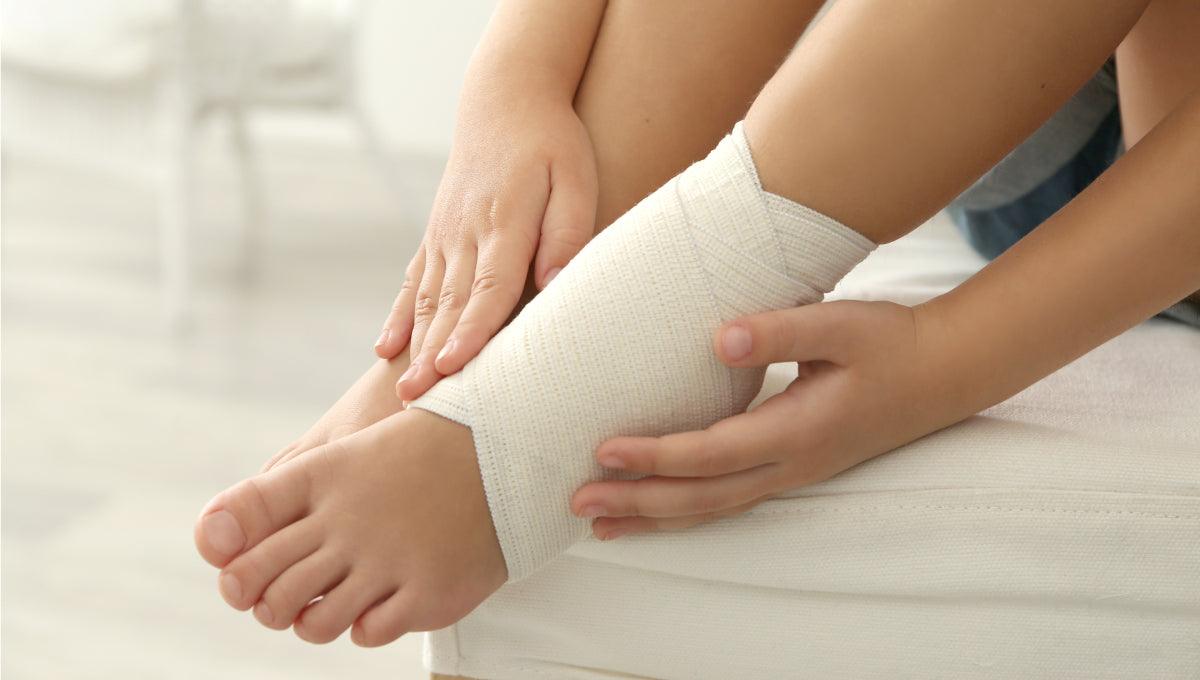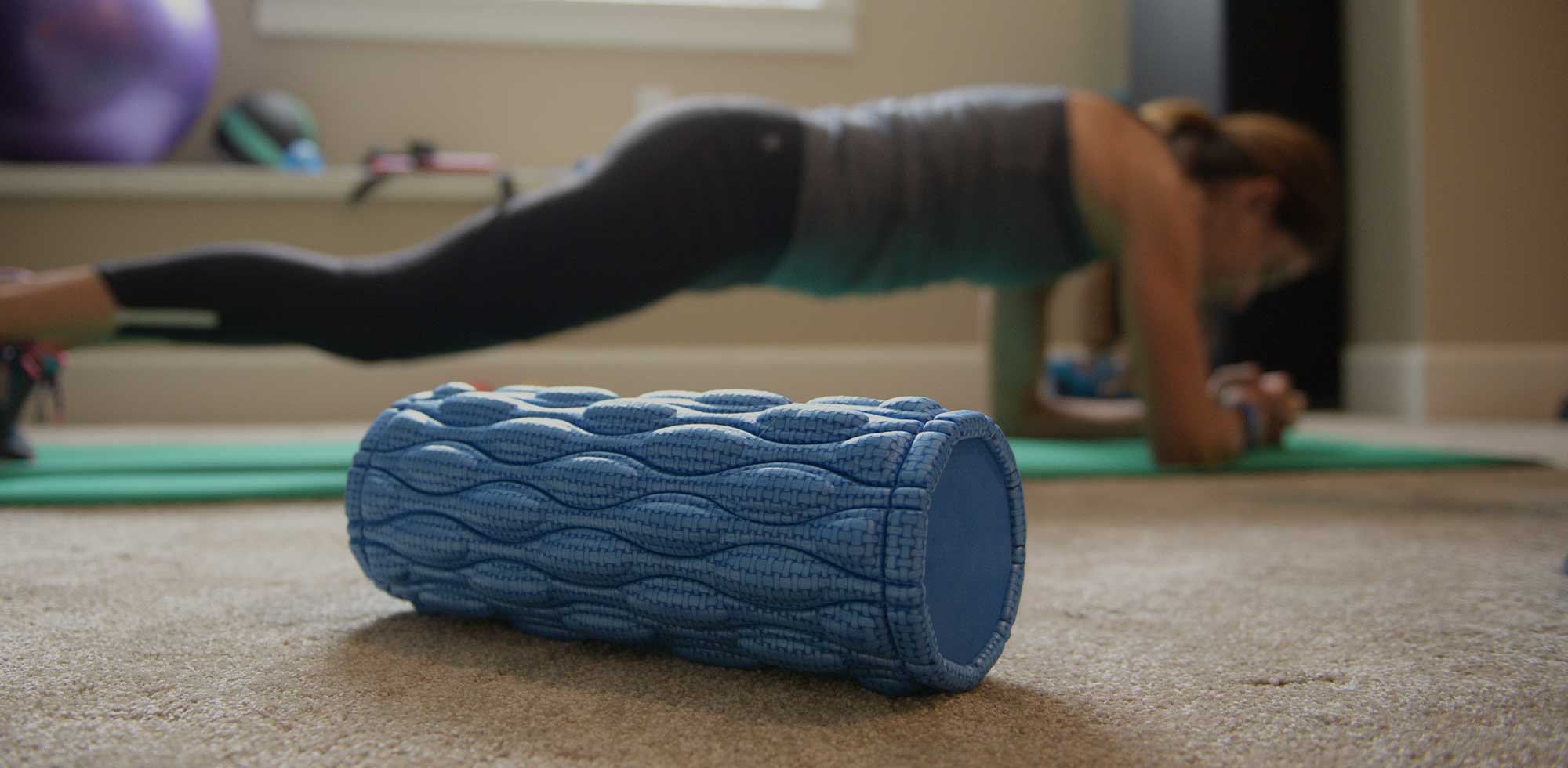Heel pain is a common foot issue, especially if you’re active and spend a lot of time on your feet. There are several reasons you could be having a painful heel. Sometimes it’s not severe and you could resolve it at home by applying an ice pack or taking a break from your activities for a few days.
At other times, it might require more than just taking a few days off. You might have an injury, plantar fasciitis, or Sever’s disease.
Table of Contents:
The Difference between Plantar Fasciitis and Sever’s Disease
While plantar fasciitis is the inflammation of the plantar fascia, Sever’s disease is the inflammation of the growth plate.
Although plantar fasciitis and Sever’s disease are similar, the pain felt with plantar fasciitis usually begins immediately when you start the activity but pain would normally decrease on its own as you perform your activity. The pain experienced with Sever’s disease, on the other hand, would worsen during the activity and improve with rest. Plantar fasciitis most often affects adults between 40 and 70, while Sever’s disease occurs in adolescents during growth spurts.
What Is Plantar Fasciitis?
Plantar fasciitis is an inflammation of the plantar fascia. The plantar fascia is a band of woven ligaments that connects your toes to your heel bone. Its function is to support and absorb shock on the arch of your foot as you walk, run, or jump. As you go about your daily activities, your plantar fascia goes through a lot of pressure. Excessive pressure on the ligaments can tear or damage them, leading to inflammation. When your plantar fascia becomes inflamed, it causes pain and stiffness in the heel.
What Is the Main Cause of Plantar Fasciitis?
The main cause of plantar fasciitis as earlier mentioned is too much pressure on the arch of your foot. Leading to inflammation of the plantar fascia. However, other factors can contribute to the development of this condition. They include:
- Age
- Gender
- Physical activity
- Type of shoes
- Structure of the foot
- Obesity
What Are the Symptoms of Plantar Fasciitis?
The major symptom of plantar fasciitis is pain at the bottom of your heel or the plantar fascia. This pain usually starts mild but becomes sharp over time. It can affect one or both feet.
The pain when you step out of bed in the morning is usually the sharpest. You may feel a burning sensation at the bottom of your heel that extends outward. Continued pressure on the heel can increase pain and stiffness.
Treatment Options for Plantar Fasciitis You Can Find at Medi-Dyne
Home treatments and physical therapy are often the first treatment options for plantar fasciitis. Stretching of the calf and plantar fascia when combined with arch support and cushioning of the heel can provide relief from plantar fasciitis pain. Below are a few tools to provide support and relief.
- Tuli’s® Plantar Fasciitis Insoles: This is a full-length replacement insole, specifically designed for plantar fasciitis. It gives your arch support and provides instant pain relief.
- Tuli’s Heavy Duty® GEL Heel Cups: You can wear these with athletic shoes. They act as a shock absorber and provide relief from plantar fasciitis during training.
- ProStretch® Plus: Designed to increase flexibility and motion in the plantar fascia. It holds your foot in an accurate position while providing a great stretch that works the lower leg muscles. This is recommended for prolonged plantar fasciitis treatment.
- ProStretch® NightSock™: A sock to be worn during the night while sleeping to keep your foot in a slightly flexed position to aid in healing plantar fasciitis.
- Tuli’s® The X Brace®: An elastic brace designed to ease the tension and stress placed on the plantar fascia ligament by limiting the amount of stretching it can do, therefore, keeping it from stretching excessively and causing significant pain.
What is Sever’s Disease?
Sever’s disease, also known as calcaneal apophysitis, is the inflammation of the growth plate in the lower back of the heel. This is most common in children and adolescents, especially those that are active in sporting activities.
Causes of Sever’s Disease
Sever’s disease is caused by recurring stress to the heel during growth spurts. During a growth spurt, bones, muscles, and tendons grow rapidly. The heel bone could grow faster than the tendons and muscles in the leg. This would make the muscles and tendons tight, putting more stress on the growth plate, leading to inflammation of the growth plate.
Active children who take part in sports are more susceptible to this condition. However, there are other risk factors, such as:
- A pronated foot
- A flat or high arch that affects the heel’s angle
- Short leg syndrome
- Obesity
- Poor-fitting shoes
Symptoms of Sever’s Disease
Some of the symptoms of Sever’s disease include:
- Inflammation of the heel
- Stiffness in the foot
- Pain when walking, jumping, or running.
Treatment Options for Sever’s Disease
If left untreated, Sever’s disease can become severe, requiring the child to wear a cast. Below are some treatment options available for Sever’s disease
- Tuli’s® The X Brace®: This is a simple elastic foot brace that tackles foot pain associated with Sever’s disease. It is designed to mimic low-dye taping which is a medical taping method performed by doctors to alleviate pain, and may be worn with or without shoes.
- Tuli’s® Cheetahs: This acts as a cushion for the heel bone. It elevates the heel bone and provides immediate relief from the pain. Best worn without shoes.
- ProStretch® Plus: This is a long-term solution for children suffering from Sever’s disease because you can adjust it to fit any shoe size. It provides a deep stretch to the calf, Achilles, and plantar fascia, thereby decreasing stress and reducing pain.
- Tuli’s Heavy Duty® Heel Cups: Heel cushion and support to help alleviate pain and reduce the impact of heel strike from repetitive motion often the result of sports activities such as soccer and basketball.
Medi-Dyne Healthcare Products Can Help Provide Relief
While plantar fasciitis and Sever’s disease are different conditions, many of the solutions for relief, recovery and prevention are the same.
For questions regarding our products, shipping, warranties, and more, please call 800-810-1740, 817-251-8660, or; email our customer support team.
PLEASE NOTE: The information on this website and article is for information only and should not be used as a substitute for consulting your doctor. Consult your doctor for proper diagnosis and rehabilitation.
OTHER RELATED TOPICS:
THE X BRACE WAS MY ANSWER FOR PAINFUL, BURNING FEET!
PLANTAR FASCIITIS, A REASON TO WORRY?
REDUCING THE PAIN OF SEVER’S DISEASE AND PLANTAR FASCIITIS
